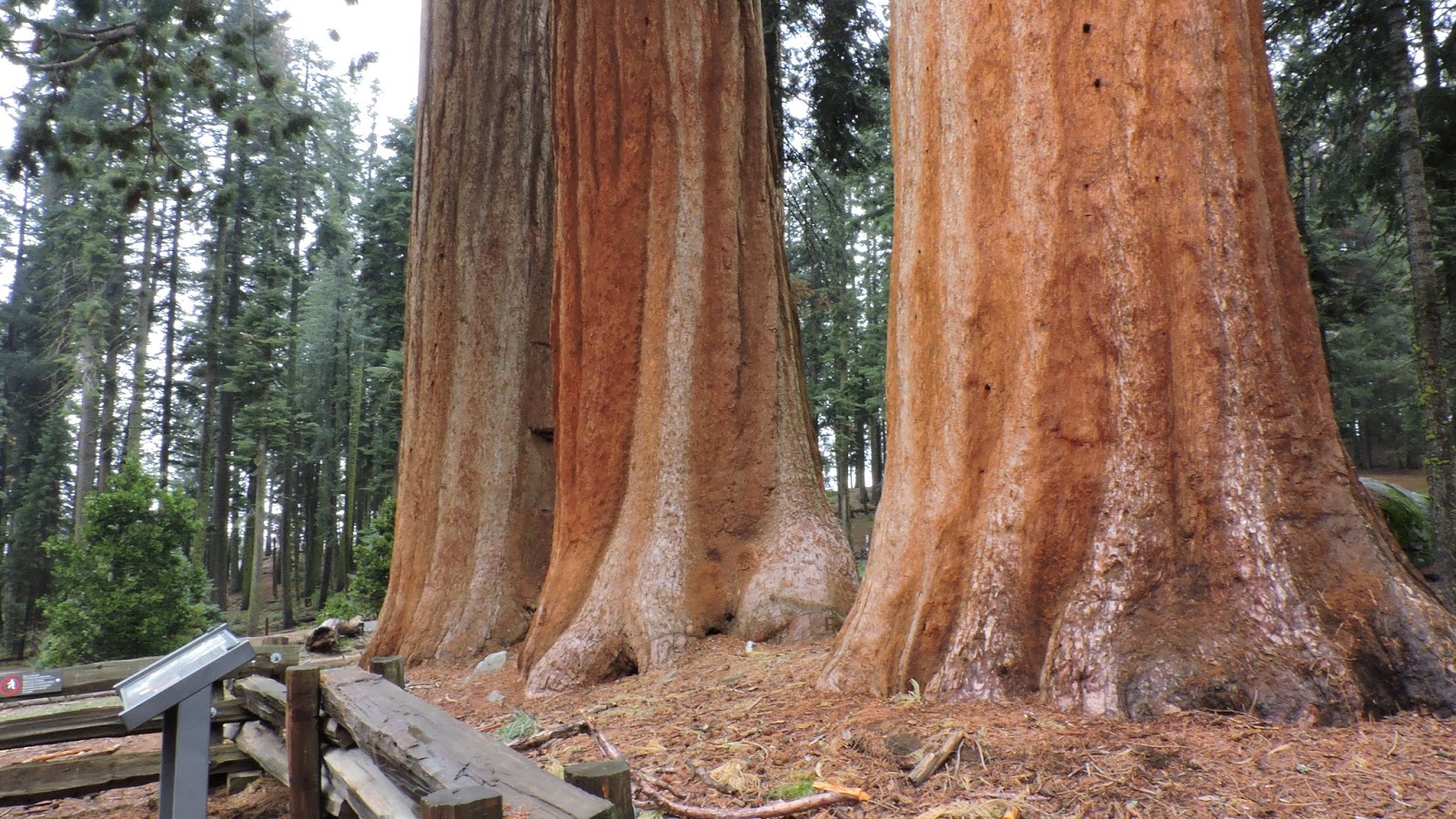Granpa hits the head while I try to find the short trail. Walkin', lookin', lookin', walkin'. Only one trail presents itself, and it's leading away from the river. There's a road across the way, but the guide said "trail" not "road." So we fuss at each other a bit and finally decide to walk a ways up the road to see if something presents itself.
Here's a cool thing. Way cool.
This is a community kitchen dating back to 1350! All the women from a village of about 500 people would gather here to grind their food! There would be wood to shape into bowls and use as utensils, fresh water from the river below, and tons of acorns from the surrounding trees to grind into meal on this rock - not to mention the shade from the hot summer sun. It took a long time to grind acorns by hand, and having a community location allowed the women to visit and the children to play with friends. You think graffiti is new? These petroglyphs show that even way back then teenagers were into making their mark:
Directly across from the huge rock kitchen is Hospital Rock.
When Hale Tharp and John Swanson were exploring the Giants (Sequoias), and after a couple of injuries were treated here by friendly Indians in the 1860's, Tharp names it Hospital Rock. In 1873, one James Everton was also treated here. He somehow managed to get in the way of a shotgun snare set to trap a bear. Drowning, bear, gunshots - this is a pretty dangerous corner of the world!
But we explore farther in search of the CCC construction. Past the community kitchen we hear rushing water and work our way down to the underside of the "kitchen" rock. (That is one big rock!) Here we discover the CCC work. Didn't they do excellent work for a bunch of 16-20 year olds?

From the top of the steps we look into the rushing water that we had heard from the kitchen up above.
If I hadn't been so stubborn about locating this we would have missed something special. (A friend of mine once pointed out that there is very little difference between being stubborn and being patient.)
Pictures are nice - they help Granpa and I to remember what we saw - but there is nothing, absolutely nothing, like being there. Look at the marbled rocks across the river. You just have to be there to know how truly, amazingly beautiful this place is. We did not see a bear. We did not drown. There were no gunshots. There was no need for Hospital Rock. (Whew!) A perfect end to a perfect day!














.JPG)







.JPG)
.JPG)
.JPG)




.JPG)
.JPG)

.JPG)











.JPG)

.JPG)
.JPG)



.JPG)


